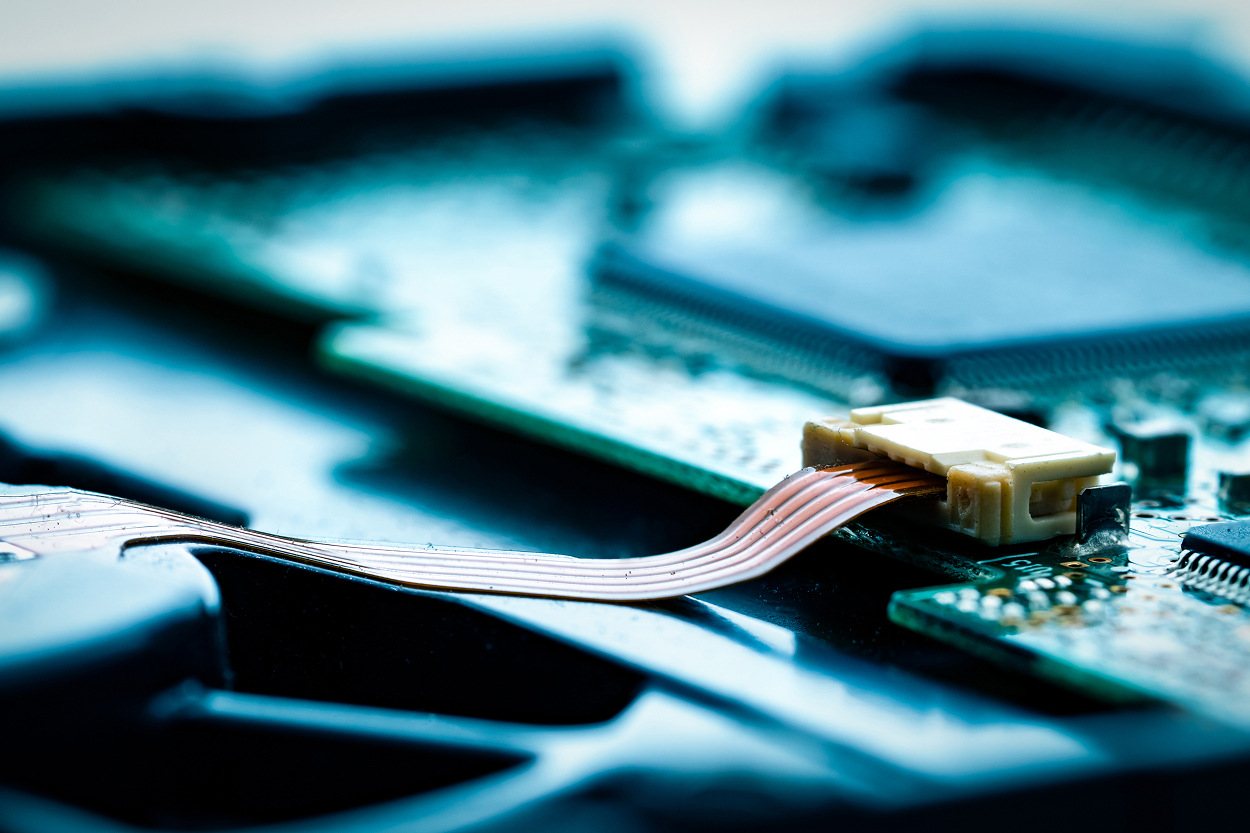Innovations in Analog and RF IC Design

Introduction: Why Analog and RF Still Matter in a Digital World
While digital ICs often dominate headlines, analog and RF integrated circuits remain the backbone of real-world signal processing — from sensor interfaces and power regulation to wireless communication and high-speed transceivers.
As the demand for precision, miniaturization, and high-frequency performance grows, so does the importance of innovation in analog and RF IC design. In this article, we explore cutting-edge developments, tools, and real-world applications driving this fast-moving domain.
1. Low-Power, High-Precision Analog Front-Ends (AFEs)
Modern sensors in healthcare, wearables, and industrial IoT require ultra-low-power analog front-ends that preserve signal fidelity under tight power budgets.
Innovations:
- Sub-1 µA operation for biomedical inputs
- Integrated chopper-stabilized amplifiers to reduce offset
- On-chip temperature and noise compensation
Use cases:
- ECG, EEG, and SpO2 monitoring
- Predictive maintenance sensors
- Remote environmental monitoring
2. Reconfigurable RF Architectures for Multi-Protocol Devices
With more devices supporting multiple wireless protocols (Bluetooth, Wi-Fi, Zigbee, NB-IoT), RF ICs must be increasingly reconfigurable.
Key advancements:
- RF front-ends with tunable matching networks and filter banks
- Dual-band/multi-band LNA and PA integration
- SDR-inspired analog blocks to reduce BOM
Benefits:
- Reduced PCB space and cost
- Easier regional certification (e.g., FCC, CE, TELEC)
- Dynamic adaptation based on connectivity quality
3. mmWave and 5G Analog Integration
The rollout of 5G and mmWave applications has pushed analog ICs to operate at 24–100+ GHz with compact footprints.
Breakthroughs include:
- Beamforming arrays on silicon (SiGe, CMOS)
- Integrated LO chains and phase shifters
- High-speed DAC/ADC bridges at RF front-end boundaries
Application areas:
- 5G FR2 modules
- Automotive radar (76–81 GHz)
- Fixed wireless access (FWA)
4. Analog Machine Learning Accelerators
TinyML and edge AI trends have triggered innovation in analog computing — using analog circuits to perform compute-intensive tasks with lower power and latency.
Techniques include:
- Charge-domain and current-mode matrix multipliers
- In-memory computing using analog SRAM or memristors
- Analog neural networks on mixed-signal ASICs
Advantages:
- Orders of magnitude lower energy per operation
- Reduced need for data movement between blocks
5. Mixed-Signal Verification and Automation Tools
EDA tools are evolving to support increasingly complex mixed-signal flows that combine analog precision with digital programmability.
Notable tools:
- Cadence Spectre X and AMS Designer
- Keysight PathWave RFPro for EM-circuit co-simulation
- Synopsys Custom Compiler with real-time layout-aware checks
Key innovations:
- AI-assisted analog layout
- Automated parasitic extraction and EM verification
- Reusable IP validation flows
Case Study: Ultra-Low-Power Wearable Sensor ASIC
A medical device startup partnered with Promwad to design a custom analog front-end ASIC for a next-gen wearable health monitor.
Requirements:
- <1 µA idle current
- 24-bit ADC for bio-signal fidelity
- Integrated DC bias and sensor calibration
Solution:
- Developed chopper-stabilized instrumentation amplifiers with programmable gain
- Designed ADC with dynamic range scaling for multi-sensor support
- Co-simulated analog/digital blocks in Spectre and Verilog-A
Outcome:
- Extended battery life by 40%
- Reduced form factor by 30% compared to discrete AFE
- Passed IEC 60601-1-2 EMC compliance tests on first iteration

Technology Comparison Table: Key Analog and RF Innovations
| Innovation Area | Key Features | Benefits | Typical Use Cases |
| Low-Power Analog Front-Ends | Chopper-stabilized amps, dynamic ADCs | Energy savings, improved SNR | Wearables, medical sensors, remote IoT |
| Reconfigurable RF Front-Ends | Tunable filters, SDR-inspired blocks | BOM reduction, multi-protocol support | Smart home hubs, IoT gateways |
| mmWave & 5G RFICs | Beamforming, on-chip LO, SiGe/CMOS | High-speed links, compact design | 5G, radar, FWA, autonomous vehicles |
| Analog AI Accelerators | In-memory analog compute, matrix ops | Ultra-low power, low latency | Edge AI, smart cameras, mobile inference |
| EDA + Mixed-Signal Automation | AI-assisted layout, EM + parasitics tools | Faster validation, fewer respins | All mixed-signal IC development |
Final Thoughts: Innovation Through Analog Precision
Analog and RF design are no longer niche disciplines — they are critical enablers of everything from AI edge computing to next-gen wireless systems. As digital becomes more powerful, it also becomes more dependent on precise, efficient analog front-ends and high-frequency RF systems.
At Promwad, we support clients in designing and verifying analog and RF blocks — from sensor AFEs to mmWave beamforming and beyond. Whether you're building a medical ASIC, a 5G module, or a reconfigurable RF SoC, we can help you bring precision and performance together.
Our Case Studies





